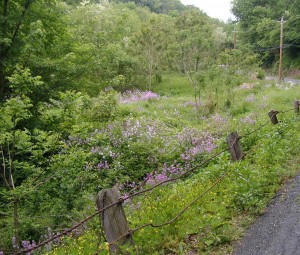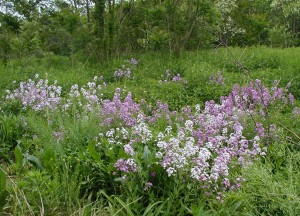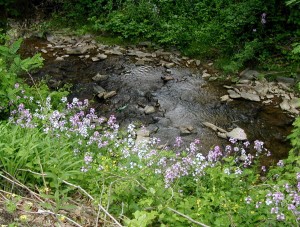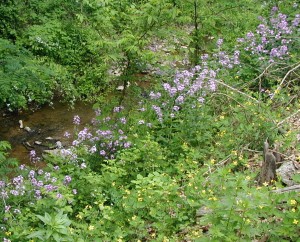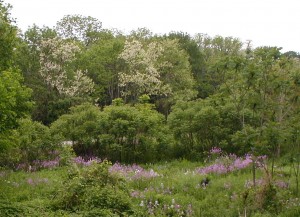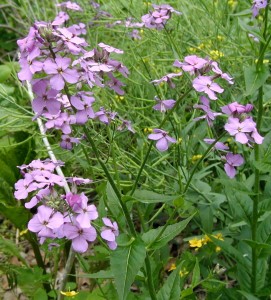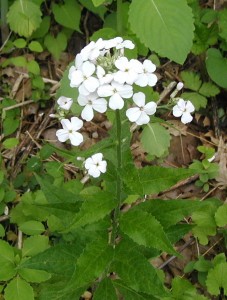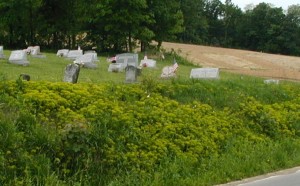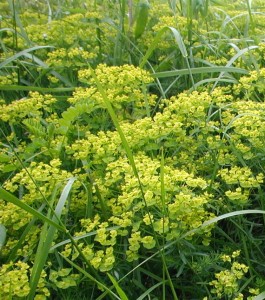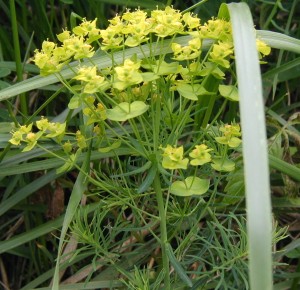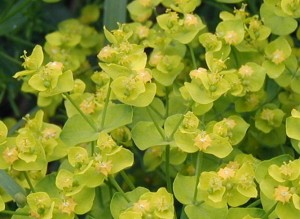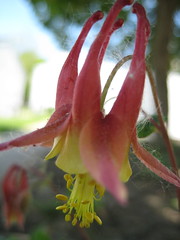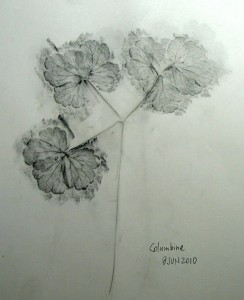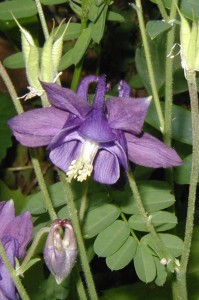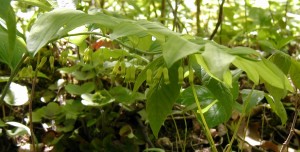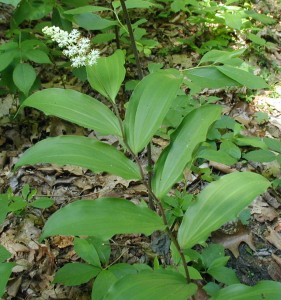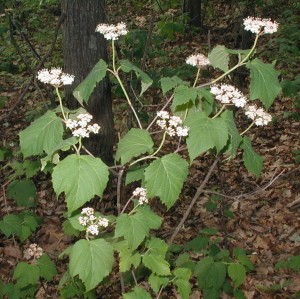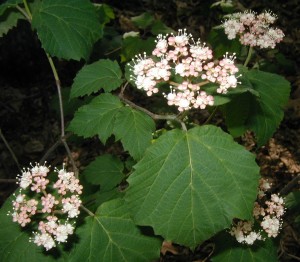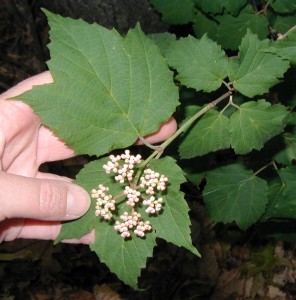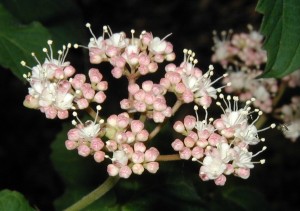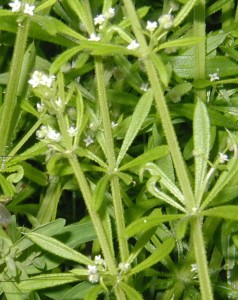Clover is one of those plants that we all learn about growing up. Even if you are an urban dweller chances are high that you’ve seen clover in a yard, field or park. The common white and red clovers are ubiquitous, meaning they occur nearly everywhere in the world. Crimson Clover is native to Europe and introduced in the United States. With over 300 species of clover, there’s bound to be a few in your neighborhood.
Red clover and white clover have been blooming at the roadsides and in fields and yards around here for at least a few weeks. White clover seems to start its flowering before red clover. We most often see red clover in fields and by the roadside. Both will sprout again after being mowed, and they’re highly nutritious crops for livestock.
I always wanted to see some Crimson Clover up close. This year I got my wish as a neighboring farmer planted a whole field of it!
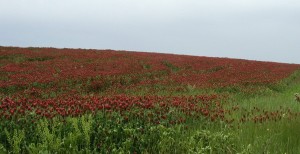
The crimson clover field was harvested the week after these photos were taken on 17 May 2010.
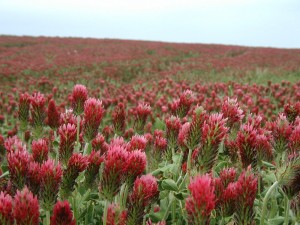
Crimson clover, Trifolium incarnatum, attains a height of 15-20 inches with a 1-3 inch long crimson head of flowers. Like all clovers the leaves occur in threes and are referred to as trifoliate. Note the genus name, Trifolium.
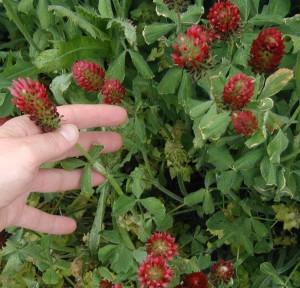
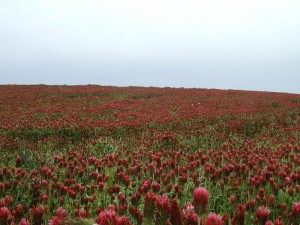
..red clover in field
Clover is one of those plants that we all learn about growing up. Even if
you are an urban dweller, chances are high that you’ve seen clover in a
yard, field or park. The common white and red clovers are ubiquitous,
meaning they occur nearly everywhere in the world. With over 300 species of
clover, there’s bound to be a few in your neighborhood.
Red clover and white clover have been blooming at the roadsides and in
fields and yards around here for at least a few weeks. White clover seems
to start its flowering before red clover. We most often see red clover in
fields and by the roadside. Both will sprout again after being mowed, and
they’re highly nutritious crops for livestock.
http://en.wikipedia.org/wiki/Clover
I always wanted to see some Crimson Clover up close. This year I got my
wish as a neighboring farmer planted a whole field of it!
clover-crimson-field1.jpg
The crimson clover field was harvested the week after the photos below were
taken on 17 May 2010.
clover-crimson-field2.jpg
Crimson clover, Trifolium incarnatum, attains a height of 15-20 inches with
a 1-3 inch long crimson head of flowers. Like all clovers the leaves occur
in threes and are referred to as trifoliate. Note the genus name,
Trifolium.
clover-crimson-leaves.jpg
Trifoliate leaves and red heads of crimson clover.
clover-crimson-field3.jpg
Crimson and clover, over and over!
+++

